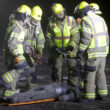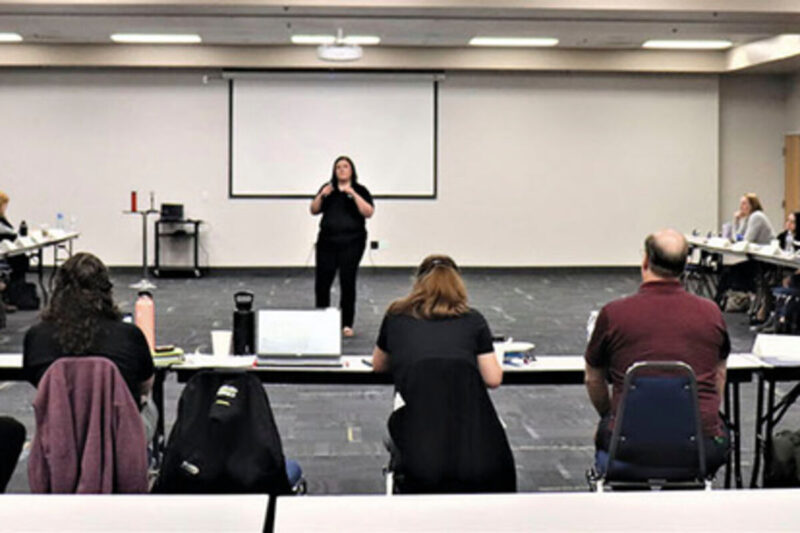Members of the Region II Health Care Coalition met Friday, May 20, for an all-day session at the Linn County Expo Center in Albany.
Coalition chair Neva Anderson, Linn County Health Emergency Manager, facilitated the event.
According to Jeff Gilbert, regional emergency coordinator (north) for the Office of Resilience and Emergency Management, the organization hopes to double its 63-member staff within the year.
The new office came together in response to the wildfires of 2020. Gilbert said that when the fires erupted, the ODHA emergency management program had only three staff members, and the Office of Resilience and Emergency Management was formed around that nucleus.
Its primary responsibilities include mass care, emergency shelters, food, water and disaster social services. More than 4,300 people have been sheltered since 2020, with the state providing more than 2.1 million meals.
More than 800 survivors have transitioned into long-term housing. Nearly 80 hotels/motels provided shelter with contracts with the Oregon Department of Human Services.
The office is working with contractors to develop portable shelters that can be implemented quickly after a natural disaster, Gilbert said.
Gilbert reported that his office has identified four key goals: to take ownership of mass care functions; to resolve over-reliance on non-governmental organizations; to collaborate with community-based organizations; and to transition from mass care to disaster housing.
Another major goal involves developing a statewide program if the Cascadia earthquake occurs. That will require consistent funding resources to ensure that emergency and recovery functions are adequately executed.
Gilbert said his office also assisted with COVID-19 vaccination programs and learned that vaccination rates went up if participants received a meal. So, the state contracted with vendors to provide meals and food boxes around the state.
To meet its goals, Oregon needs to permanently staff the mass care mission; enable effective emergency coordination through training and exercise; provide facilities, equipment and supplies to enable faster statewide deployment of mass care resources; and build communities’ capacity to empower effective local response across the state.
Participants also heard from registered nurse and outreach and education coordinator Curtis Ryun, who talked about the many projects underway at the Legacy Health Center Burn Center, and Cathy Orcutt, Priority Telecommunications Services Area Representative (PAR) for the Department of Homeland Security, Emergency Communications Division, who discussed the Cybersecurity and Infrastructure Security Agency’s emergency telecommunications system. Round-table discussions also occurred.
Numerous pieces of emergency equipment were on display.
The Region II Healthcare Coalition meets every other month and is composed of partners from six surrounding counties and four sectors (hospitals, Public Health, Emergency Management, and Fire/EMS agencies).
Anderson, who has chaired the coalition for three years, said the goal is to “Prepare on blue sky days, versus being reactive during an emergency. We make plans and develop contacts and then exercise those plans to ensure they will work.”
She said the coalition was formed after the 9-11 terrorist attacks.
The program is federally funded by the Assistant Secretary of Preparedness and Response.





